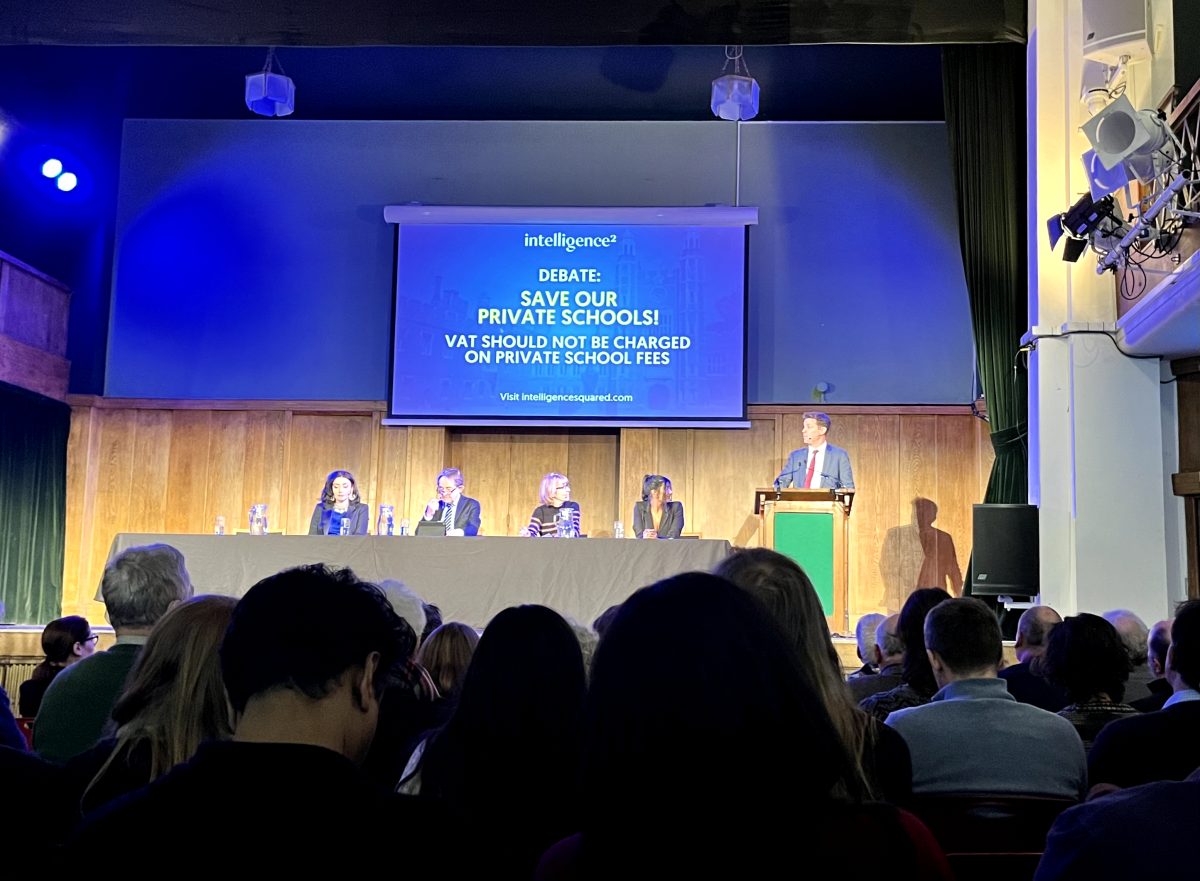If something is retweeted thousands of times it doesn’t automatically make it true. Misconceptions like these embody the issue at hand in the rise of social media and its influence on the journalistic profession.
Our generation has benefited in various ways from living in a digital world. We have access to an incredible amount of information and the ability to spread ideas quicker than ever. Reporting is no longer limited to a select few. Gone are the days when the majority of people obtained their news solely from newspapers and scheduled television programs.
I affirm it’s great that technology can facilitate a rise in people’s awareness of current events by creating a multitude of news outlets. But with a broader spectrum of sources comes a broader spectrum of biases as well.
When newspapers cornered the journalistic market, most people were only reading those select credible sources. Now, as millions of people have the access and ability to share information, accuracy matters more than ever.
In fact, many popular “news sources” today aren’t valid primary sources at all. According to a survey by The Standard, 54 percent of 128 students said they get their news from websites that collect stories from other news outlets, such as the Huffington Post and Buzzfeed, whilst only 46 percent said they look to actual, primary source, news outlets, such as the New York Times online, for their news. This poses the question: Why aren’t students going straight to the source? These “middlemen” news outlets don’t contain hard-hitting news stories. The problem is that many are unable to differentiate an objective news story from a biased, often one-sided, account of events that’s sprinkled with subjective commentary.
Journalists are constrained and held to the standards of a code of ethics and professionalism. Traditionally, they held the responsibility of gathering, interpreting and reporting information. Journalists prided themselves on the accuracy of their reporting. In these times, rumored recollections of events are being peddled as fact. The real strength of journalism lies in the importance of regarding quality of information over quantity of viewers. Details of stories should not be fabricated on any level in order to gain a wider audience.
This fabrication is often seen on social media, when ranting individuals over-emphasize minute details to further their agenda. A staggering 74 percent of 128 students surveyed stated that they receive the bulk of their news from social media. This number is alarming. It’s difficult to assess the credibility of a person behind a screen.
Erroneous reports of Steve Jobs’ death in 2008 caused Apple stock prices to plummet 10 percent in 10 minutes. Individuals on CNN’s user-generated reporting site, iReport, incorrectly announced Jobs’ death. This could have been easily avoided with simple fact-checking. However, the citizen journalists carelessly spread repeated rumors with little regard for the truth.
Citizen journalists often deliver lopsided accounts of events, whereas journalists are educated in providing a well-rounded perspective. Professional journalists’ primary job is to inform, analysis shouldn’t undermine validity. It’s important to note that professional journalists have editors and staffers who dedicate themselves to fact-checking. They maintain standards. These standards need to be more-widely applied if citizen journalists are to achieve credibility. Too often, citizen journalism seeks to provoke a reaction, rather than, to simply inform.







